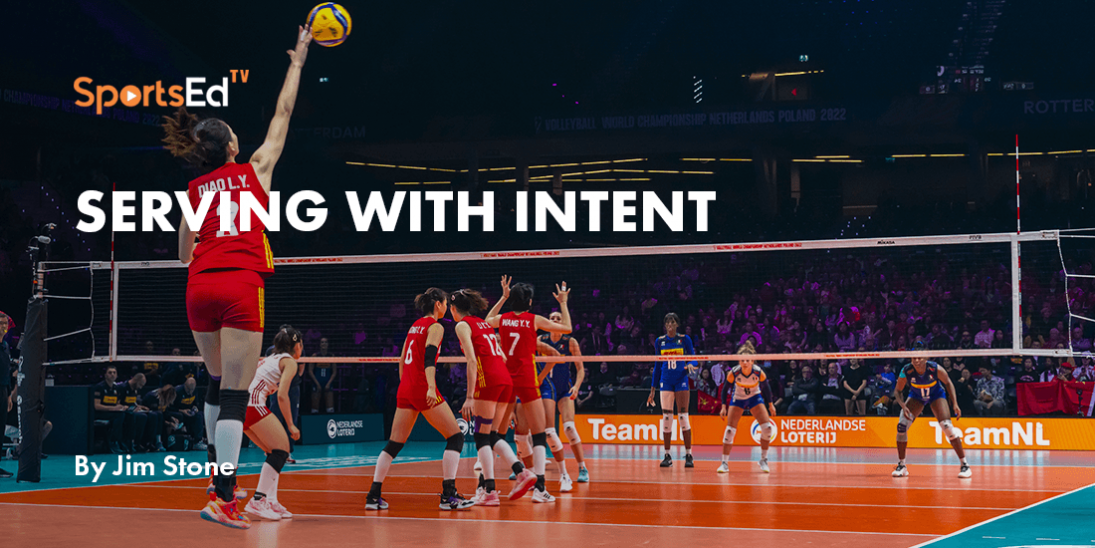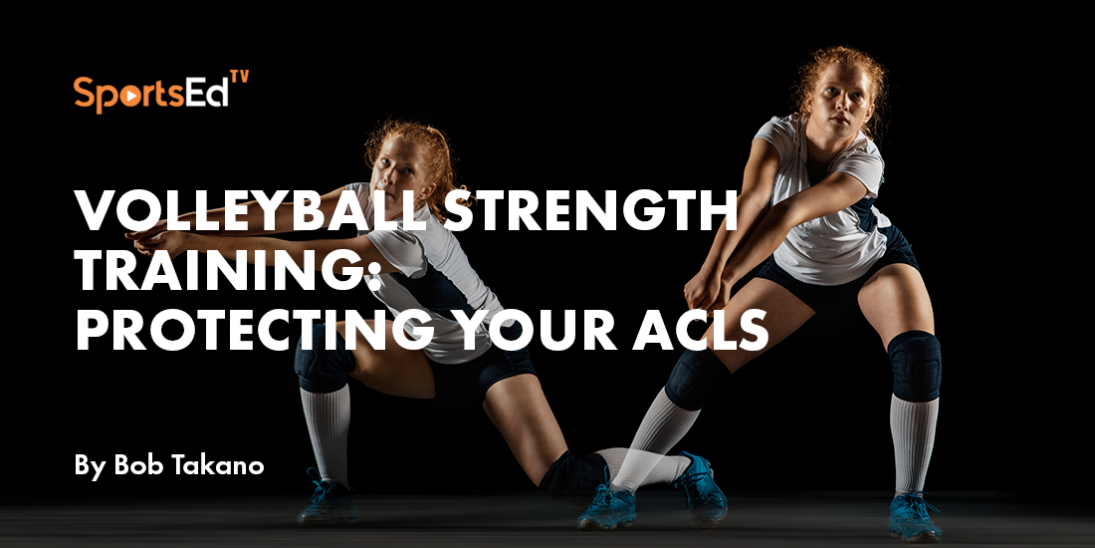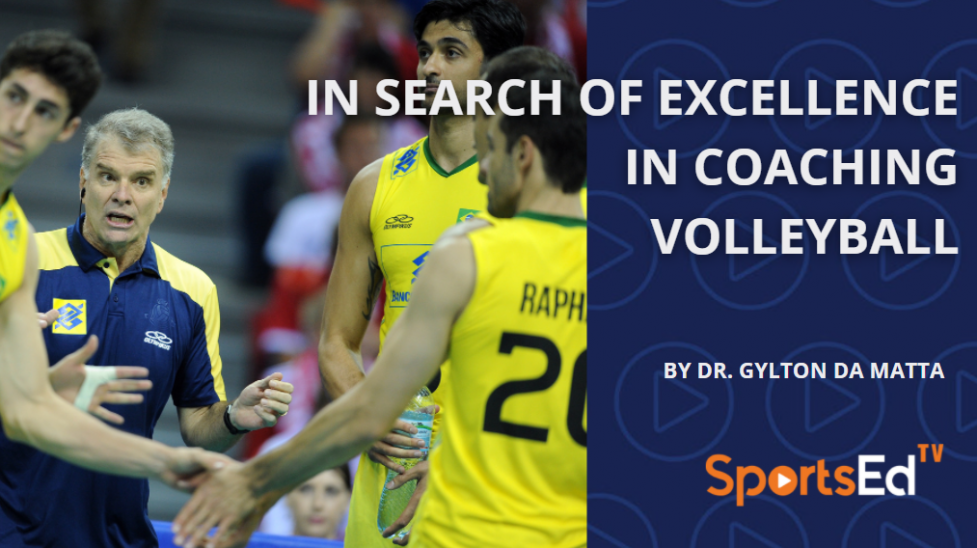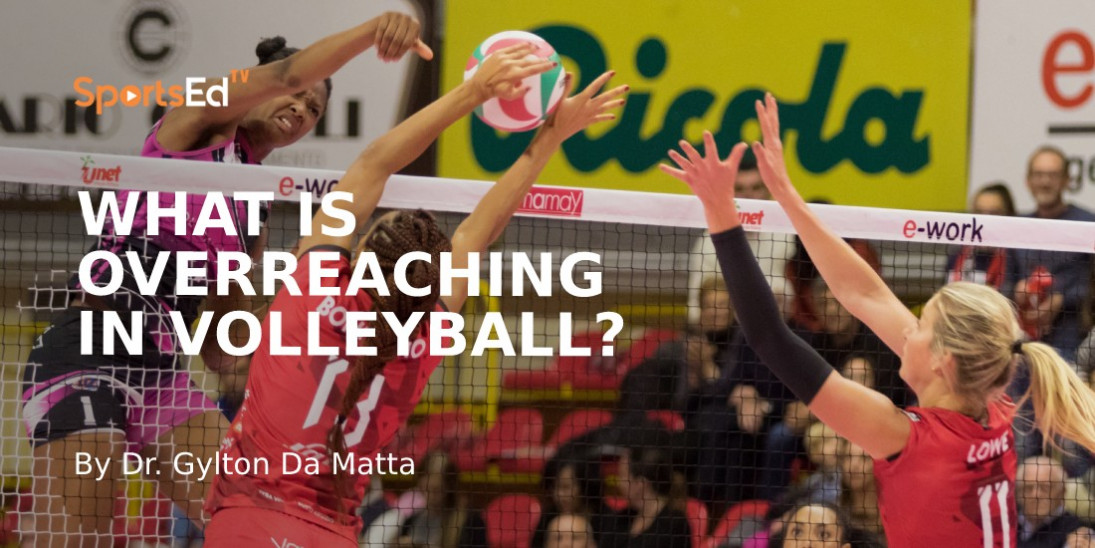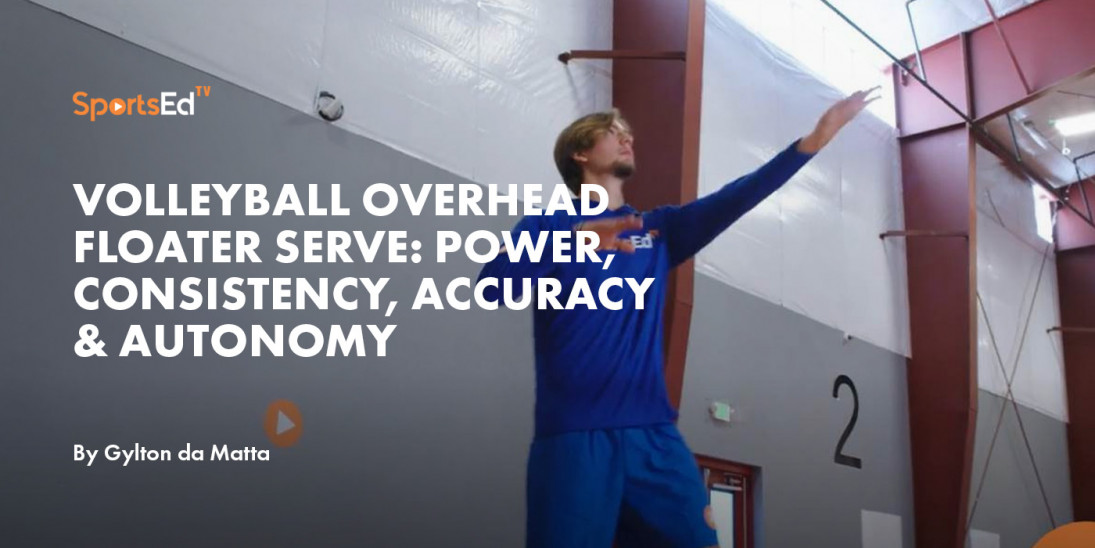Volleyball
Welcome and thanks for visiting...

Arm Swing in Volleyball
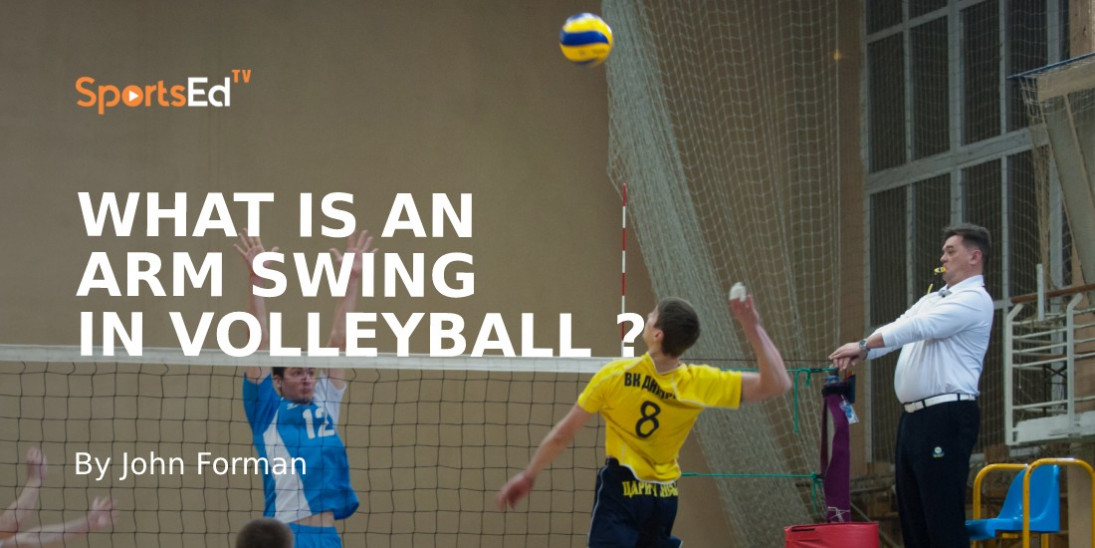
I have a terrible shoulder. Always have from the early days of my playing career right though coaching. As a result, I’ve tended to pay attention to things related to the volleyball arm swing that could influence shoulder health. Occasionally, I make a comment.
Unfortunately, I’ve heard a lot of stuff over the years that wasn’t good for shoulder health. Not that I knew it at the time, of course.
I think these days we’re getting a lot more actual science in our sport, which is good. Granted, a lot of it comes thanks to sports like baseball and tennis where there are similar arm motions and lots of money to do good research. Still, it all helps us better understand the volleyball arm swing.
Here’s a video that I think does a pretty good job of showing what’s going on in the shoulder when a player attacks:
What you’re basically seeing and hearing here is that wanting a high elbow in the ready position isn’t such a good idea.
The idea of the hitter having a straight line between their upper arm and shoulders is one that Jamie Morrison brought up with respect to serving in his 2019 AVCA session that I attended. He focused a lot on generating power through firing the torso to pull through the arm. You can see the same concept in this second video. In fact, at about the 4:40 mark they use something similar to what Jamie demonstrated on stage.
You’ll notice in the early part of the video the use of throwing to training arm swing mechanics. This is something I wrote about before in Teach them how to throw. Using throwing and other rotational activities to develop attack and serve related skills features as well in this article, which also talks about this linear start position and what happens from there. It’s a bit long, but you can skim through parts to get to the meat.
The landing
Two things to note from the videos and article. First, if the hitter is keeping their shoulders and upper arm in line when swinging – as desired – the leg on the same side as the swinging arm will be pulled up higher than the other. This is why hitters generally land more on one foot. This is not a bad thing if it’s under control. If the player is out of control, not so good.
The other thing is from the article. It talks about how the trailing leg should finish basically in line with the front one, or a little in front. This indicates torso rotation. If we don’t see it, the player is basically just swinging with their arm. Of course, this can be an intentional technique (think cross-body line swing).
Follow-through
Hitters – and servers – should follow-through on their arm swings. Jamie talked about this in his presentation. It comes up in the article. You see it in the videos. There is absolutely no reason to halt an arm swing, with the possible exception of being tight to the net.
I’ve seen coaches teach players to hold on contact, particularly on serving. I’ve seen them teaching players to rebound their arms after swinging. I actually once saw a coach at a junior’s tournament have her whole team working on this hitting the ball down to the floor in a pre-match warm-up type exercise. Neither is good for the shoulder.
As the article brings up, have you ever seen a baseball pitcher stop or rebound after their throw? Have you ever seen a tennis player not follow through on their serve? The answer, I’m sure, is no. Those are basically the same motions as the hitting or serving volleyball arm swing. Why would we coach it in our sport?
If you’re thinking it has something to do with ball spin (or lack thereof) or ball flight, you’re flat out wrong. Those things come from the location you contact the ball and the direction of that contact. Once you make that contact, nothing else matters. The ball leaves your hand so quickly that there can be no secondary influence. For example, unlike many people think, the hand doesn’t wrap over the ball through contact when you snap your wrist.
Bad coaching feedback on arm swings
Toward the end of the article is a section talking about arm position at contact. In particular, it addresses a couple of bits of useless feedback coaches tend to offer. They have to do with the idea that the hitter is dropping their elbow and/or need to reach higher. Neither addresses what’s actually happening.
What’s that, might you ask?
Either bad positioning relative to the ball or bad timing. Potentially, both.
Conclusion
As with other parts of our sport, it’s about time we stop thinking we know what’s best with respect to arm swings and pay attention to what the science actually shows us. Doing so will lead to healthier players capable of generating more power.

